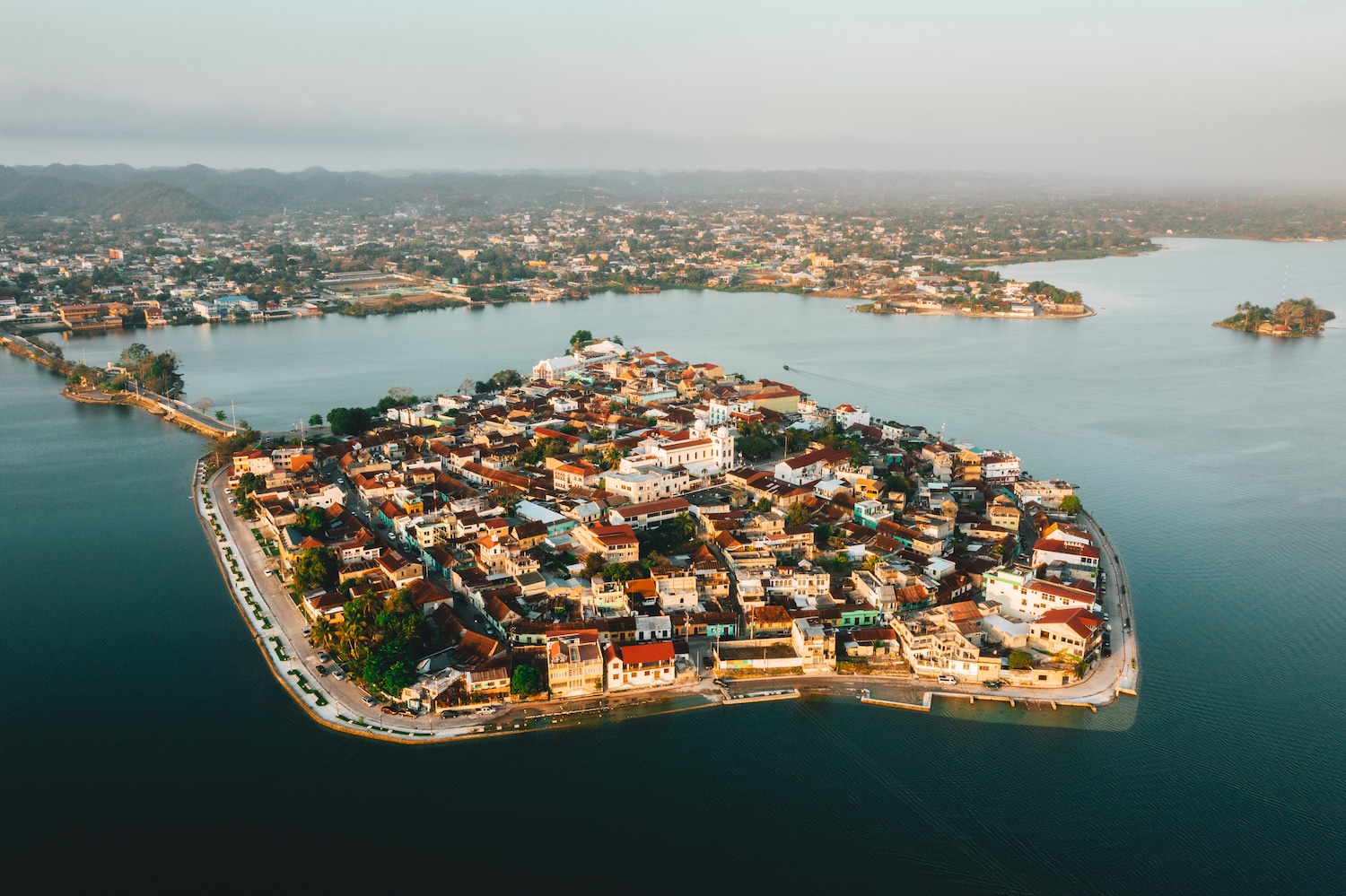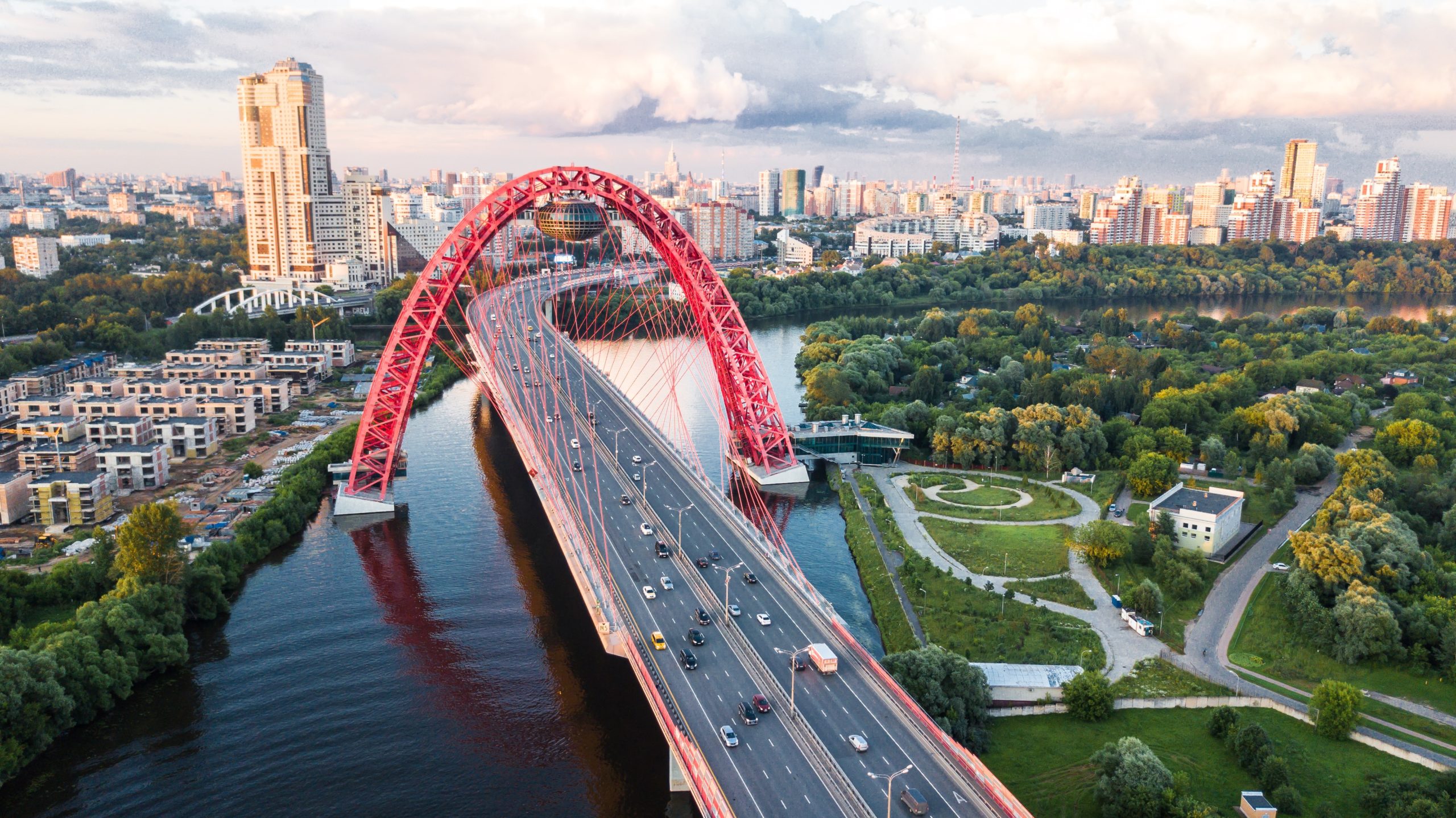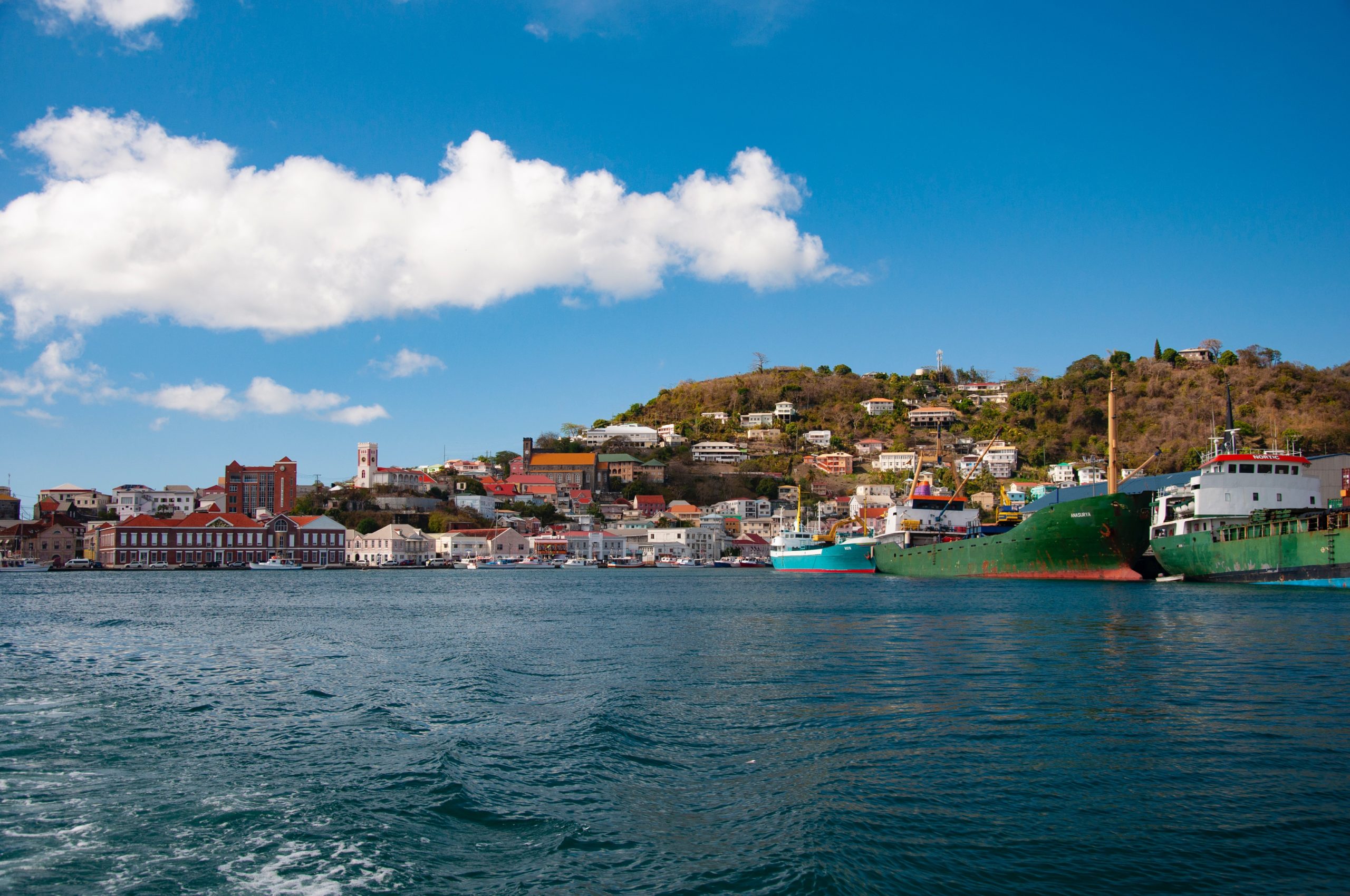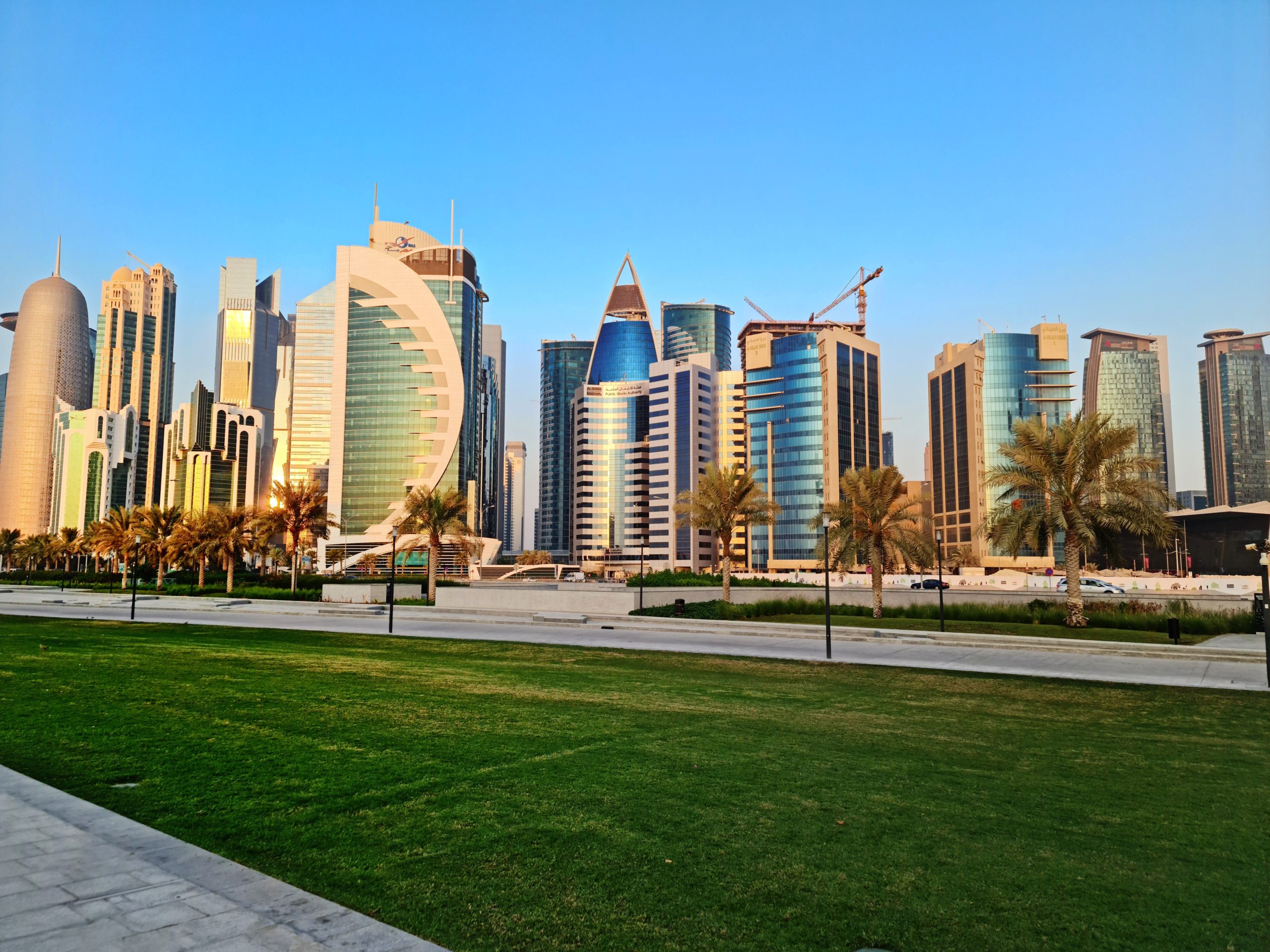One of the richest nations in the world is the Republic of Ireland. Ireland’s economy, which primarily relies on financial services, high-tech, and life science, can be characterized as a knowledge economy (application of knowledge to generate tangible and intangible value). Ireland is ranked sixth out of 175 countries and fifth out of 187 in terms of the world’s GDP per capita (World Bank). Ireland experienced strong economic development from 1984 to 2007, but the 2008 financial crisis caused this growth to decelerate. As a result of the 2008 financial crisis, it became the first member of the EU to experience a recession. However, the economy started to recover in 2014 and expanded by 4.8%, making it the EU member state with the fastest expanding GDP. Ireland had a successful 2018, with GDP increasing by roughly 4% and unemployment falling below 5.5%. The country’s present expansion has been fueled by some industries.
You’ll find details on some of the leading industries below.

Primary industries
Agriculture, mining, forestry, and fishing are some of Ireland’s primary industries, all of which are dependent on the country’s abundant natural resources. This sector contributes 5% to the nation’s GDP and employs around 8% of the labor force. Ireland has a lot of good pasture, especially in the southern and midland areas, thus there is a lot of opportunity for agriculture there. But agriculture barely makes up 1% of the GDP. In 2016, the agri-sector contributed roughly 7% of their gross added value, 9% of national employment, and 10% of exports of goods. High-end dairy brands made by organizations like Greencore, Kerry Group, Ornua, and Glanbia were among the agri-food exports. Ireland is among the least wooded nations in Europe, with only 9% of its area covered in trees. As it works to expand the forest cover, it largely imports wood. Cod in particular was previously a plentiful fishery resource throughout the nation’s coastline. The fishing industry has been compelled to concentrate on aquaculture, though, as a result of overfishing. The production of lead, zinc, alumina, and a limited amount of minerals including copper, gold, limestone, and gypsum are the mainstays of the mining industry. One of the main nations exporting zinc in Ireland. There are about 20 billion cubic meters of known reserves in the Corrib and Kinsale Gas Fields, where natural gas is extracted.
Pharmaceutical and medical technology industries
The tremendous demand, fierce competition, and burgeoning start-ups make the pharmaceutical and medical technology sector one of Ireland’s fastest-expanding businesses. Over 100 businesses in the medical technology and research sector employ about 25,000 people and produce 9.4 billion euros a year in revenue. On the other hand, the pharmaceutical business employs close to 50,000 people and exports roughly 60 billion euros a year. The majority of pharmaceutical businesses are situated in Ringaskiddy and Little Island. The pharmaceutical industry’s fastest-growing segment is biologics, which is experiencing expansion and several start-ups.
Software and ICT industries
The growth of foreign businesses opening offices in Ireland, particularly in Dublin, has contributed to the development of the country’s technological sector. More and more fintech companies are relocating to Dublin as a result of the upcoming Brexit. Over 35,000 people are employed in the ICT industry, which brings in about 35 billion euros a year. The majority of the top 10 largest ICT companies are among the more than 200 ICT enterprises in Ireland. These businesses, which include Facebook, Google, eBay, Amazon, LinkedIn, Twitter, Paypal, and Microsoft, are primarily based in Dublin. Over 16 billion euros are made in the software industry each year, and about 20,000 people are employed there. The second-largest software exporter in the world is Ireland. Ireland is home to some top ten global technology companies, including Apple.
Financial service industry
The financial services industry rebounded from the 2008 Financial Crisis and is predicted to continue growing in the future years. The industry supports over 35,000 jobs and earns 2 billion euros in taxes annually. Thanks to ongoing foreign direct investments, the nation continues to draw, develop, and retain financial services. The seventh-largest supplier of wholesale financial services in Europe is Ireland. The International Financial Service Center in Dublin is home to the majority of financial institutions. In Ireland, there are more than 60 financial institutions, and the Bank of Ireland, AIB Bank, and Ulster Bank are the three largest.







